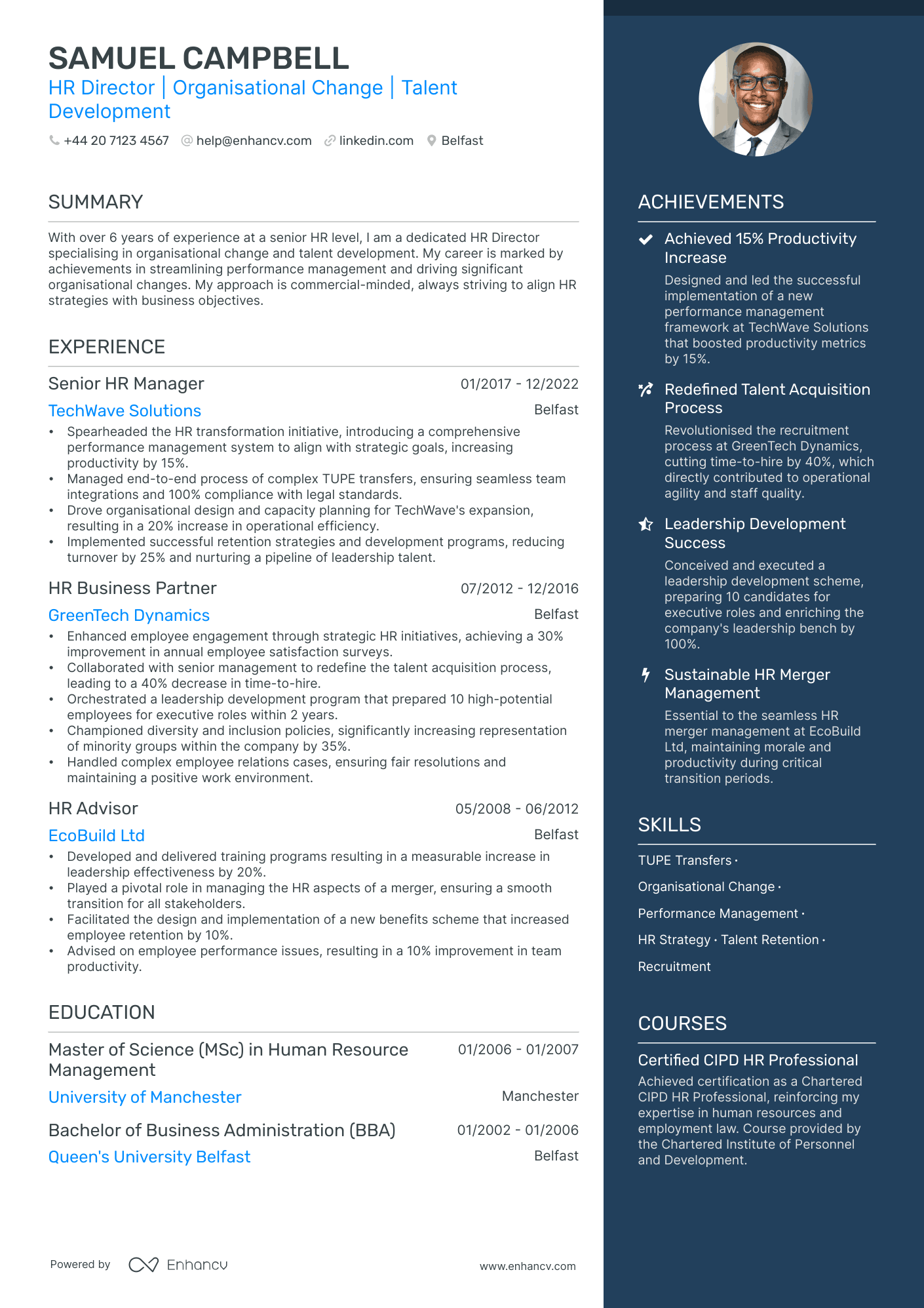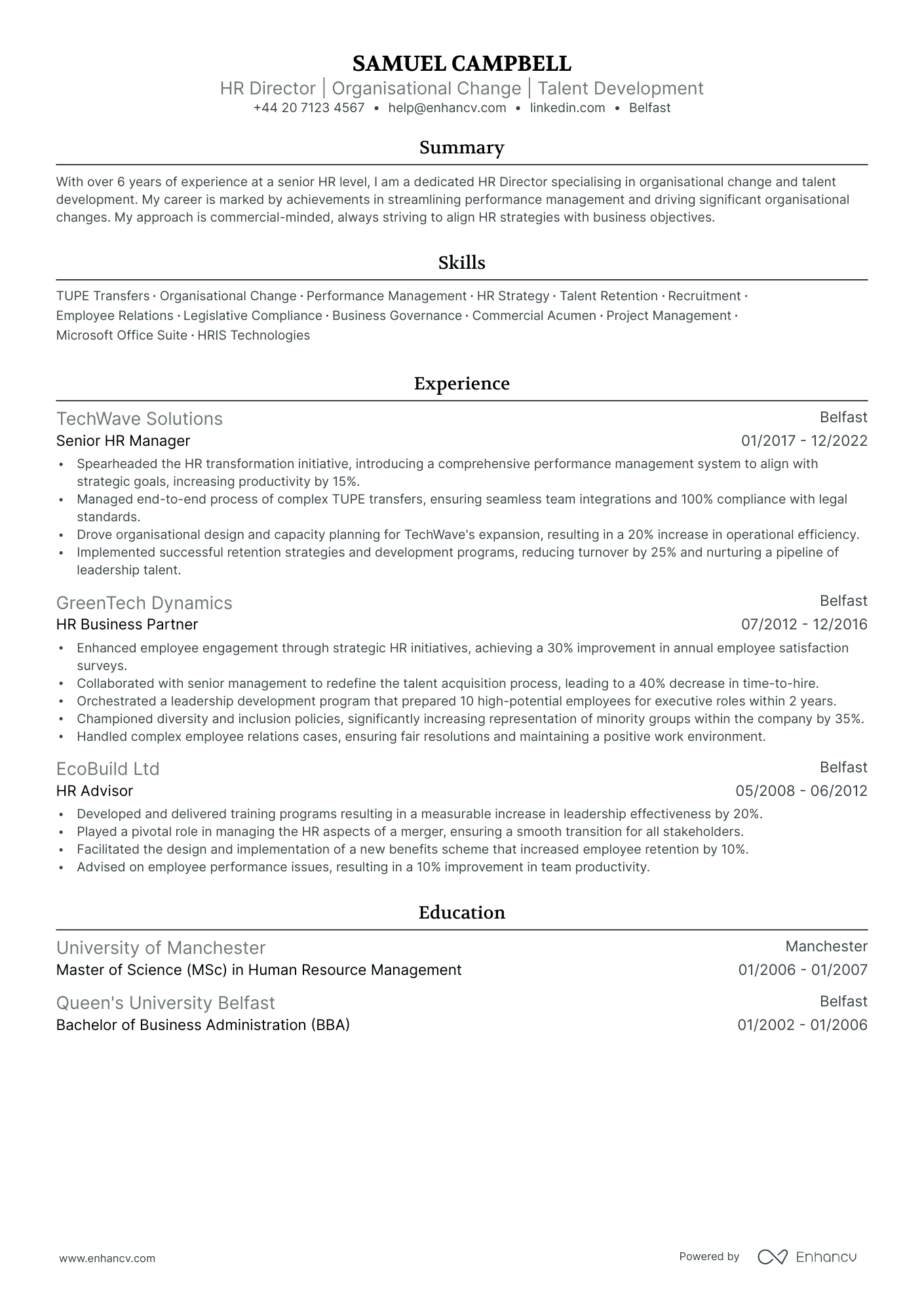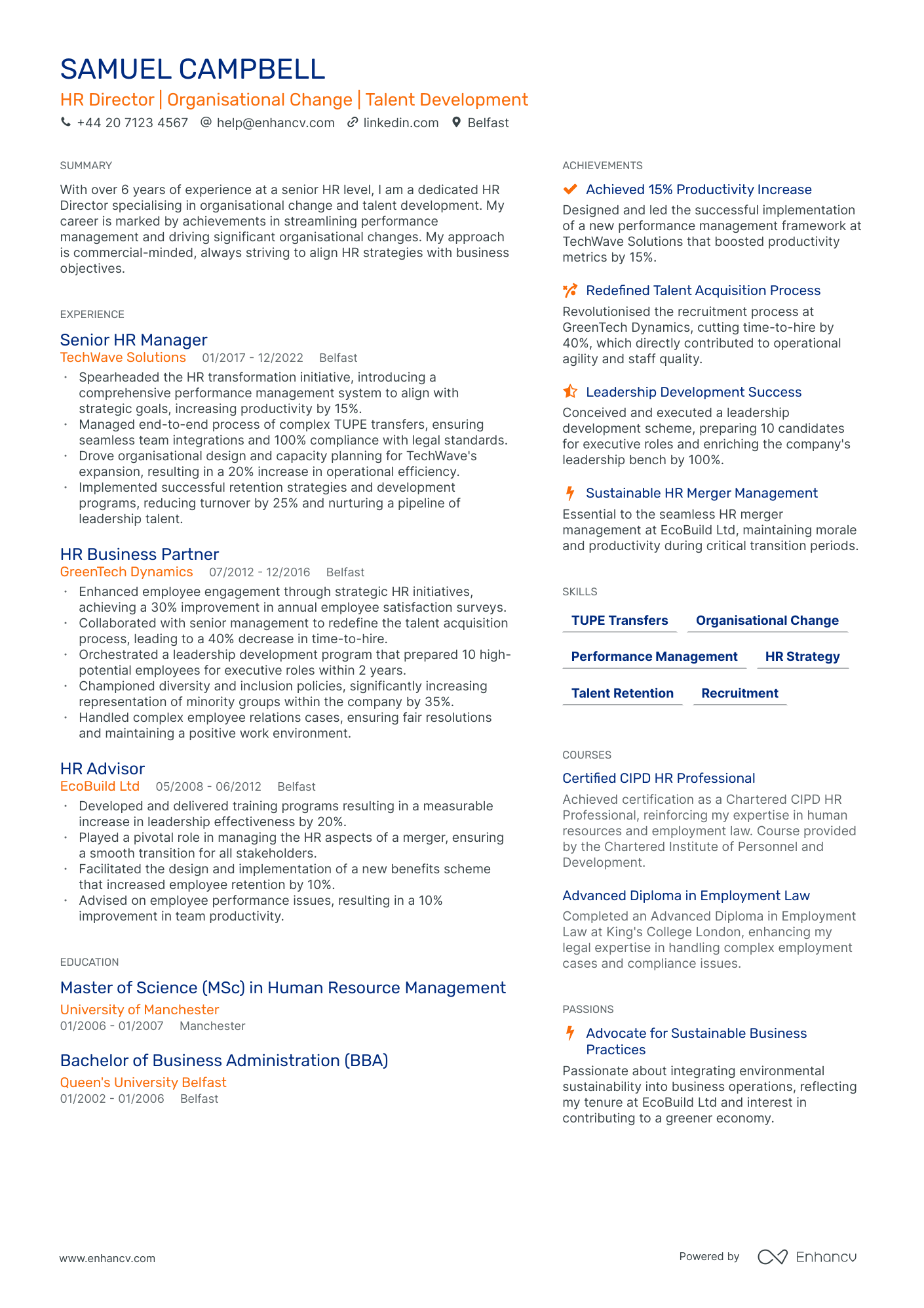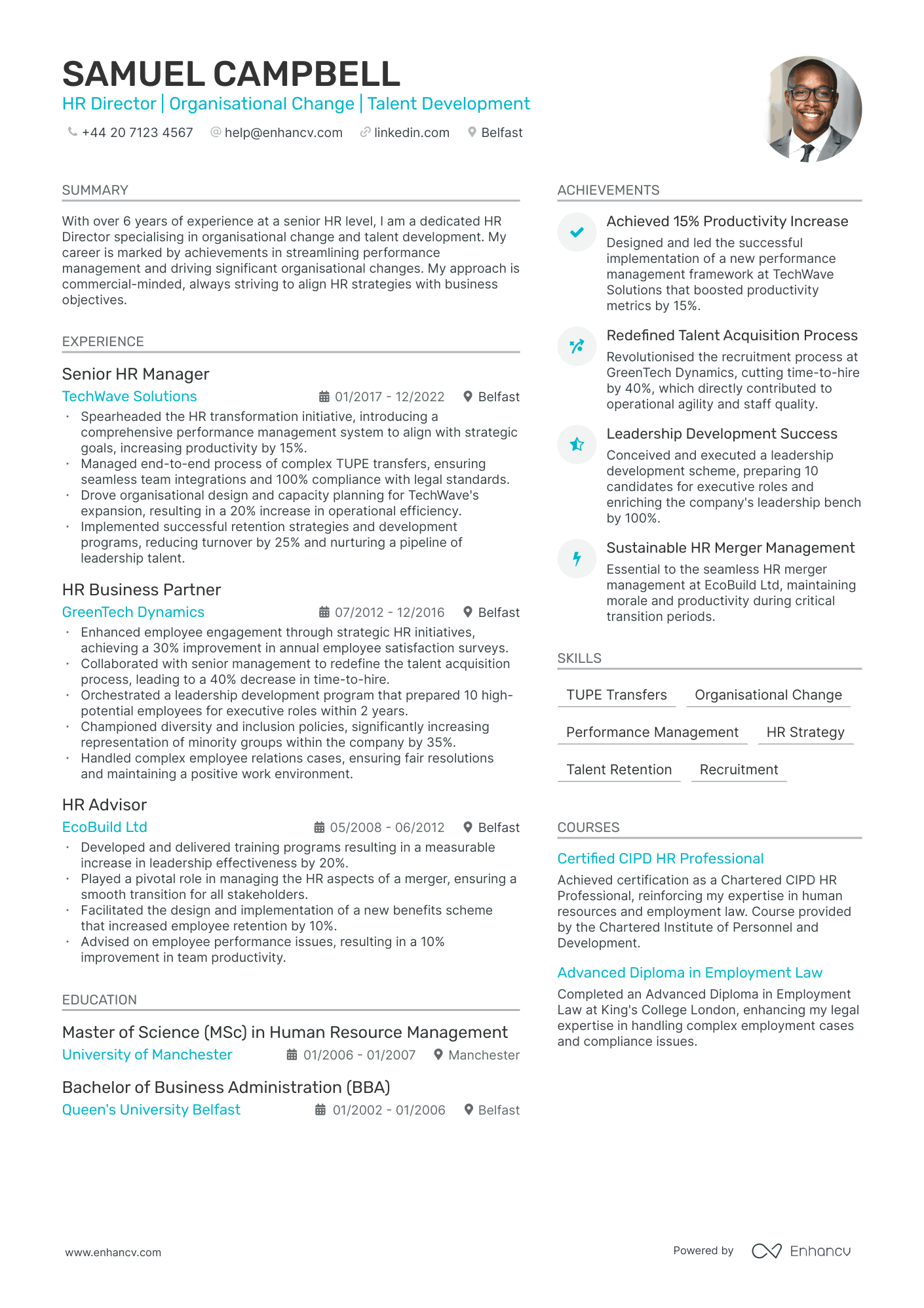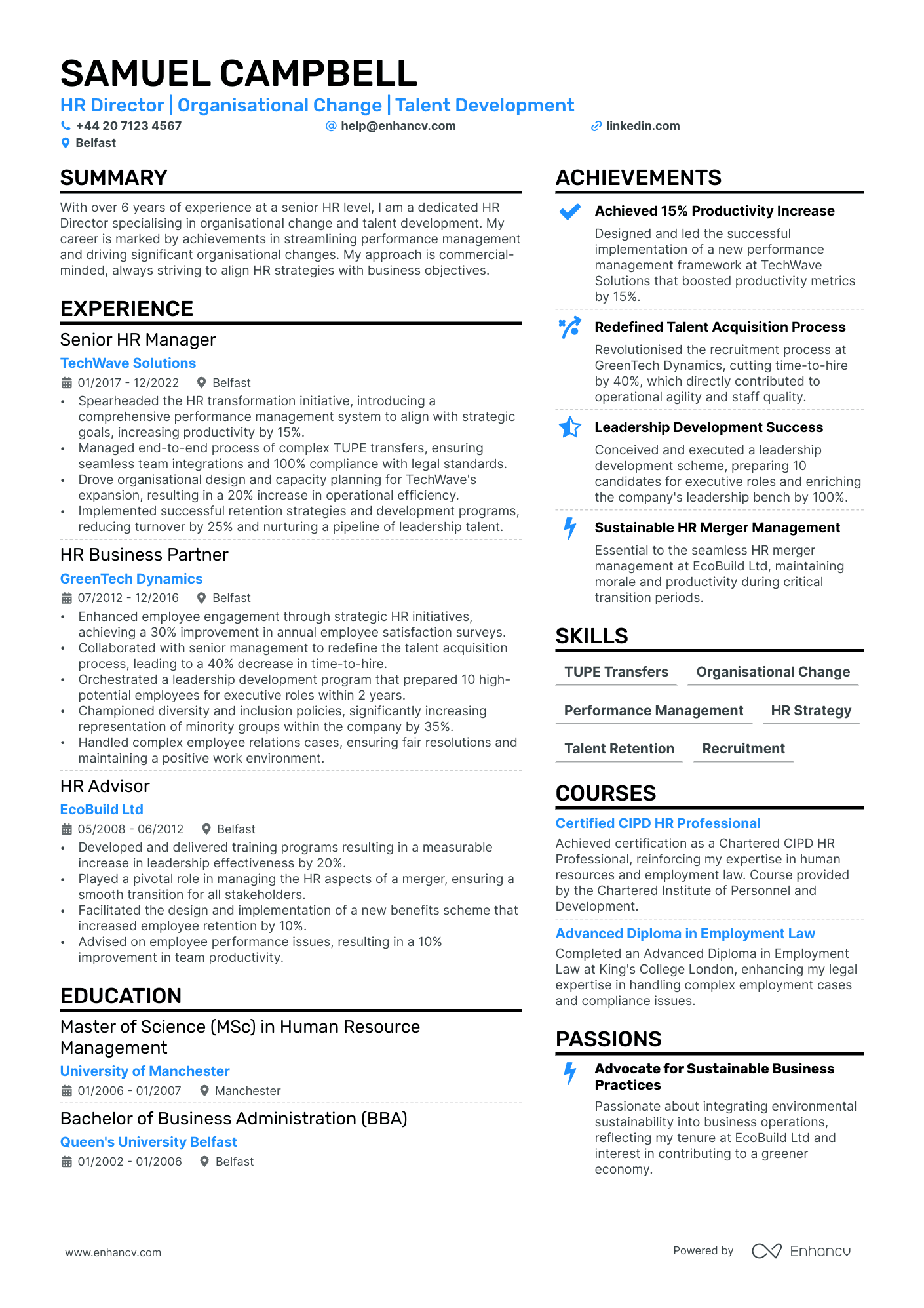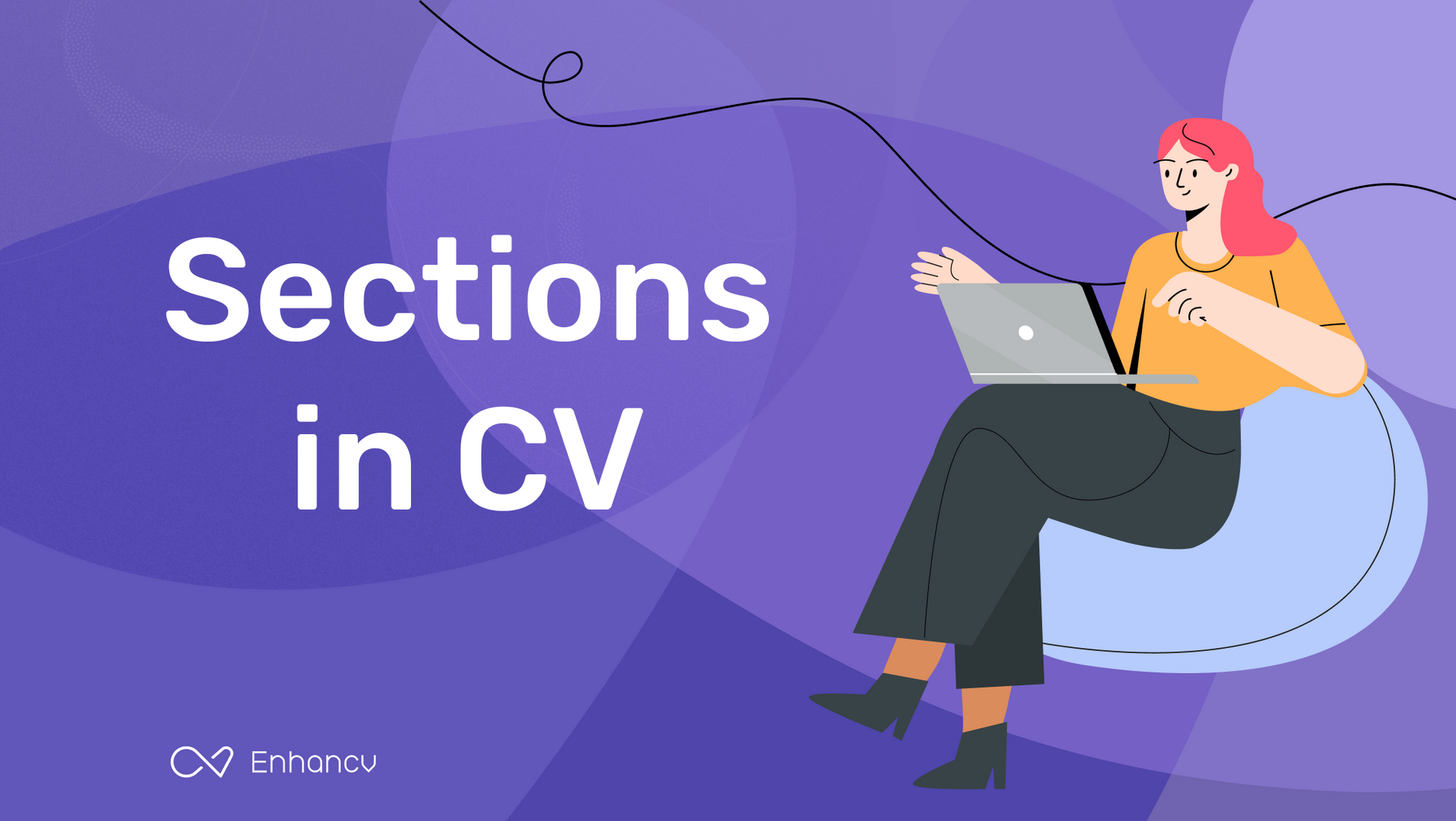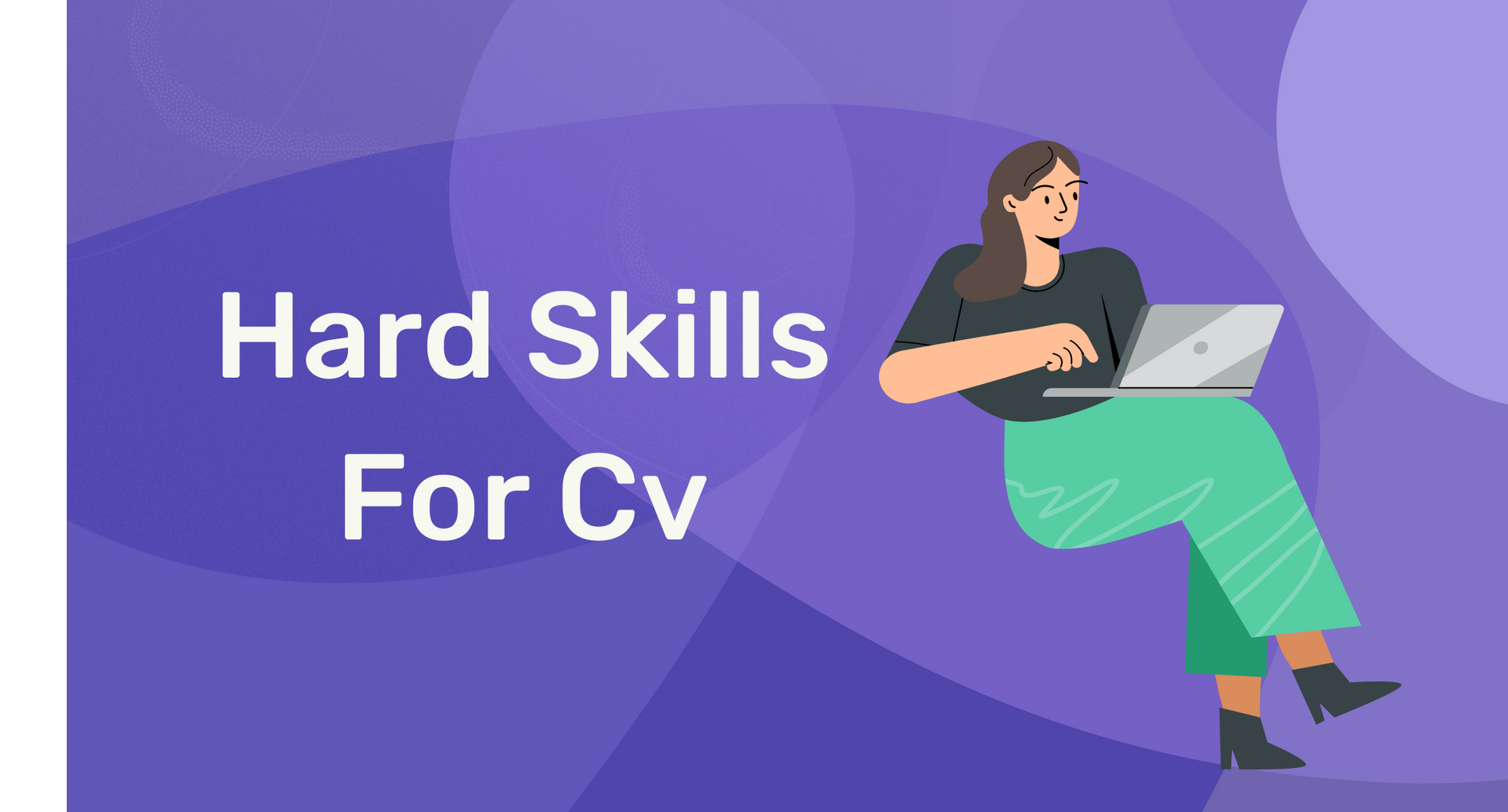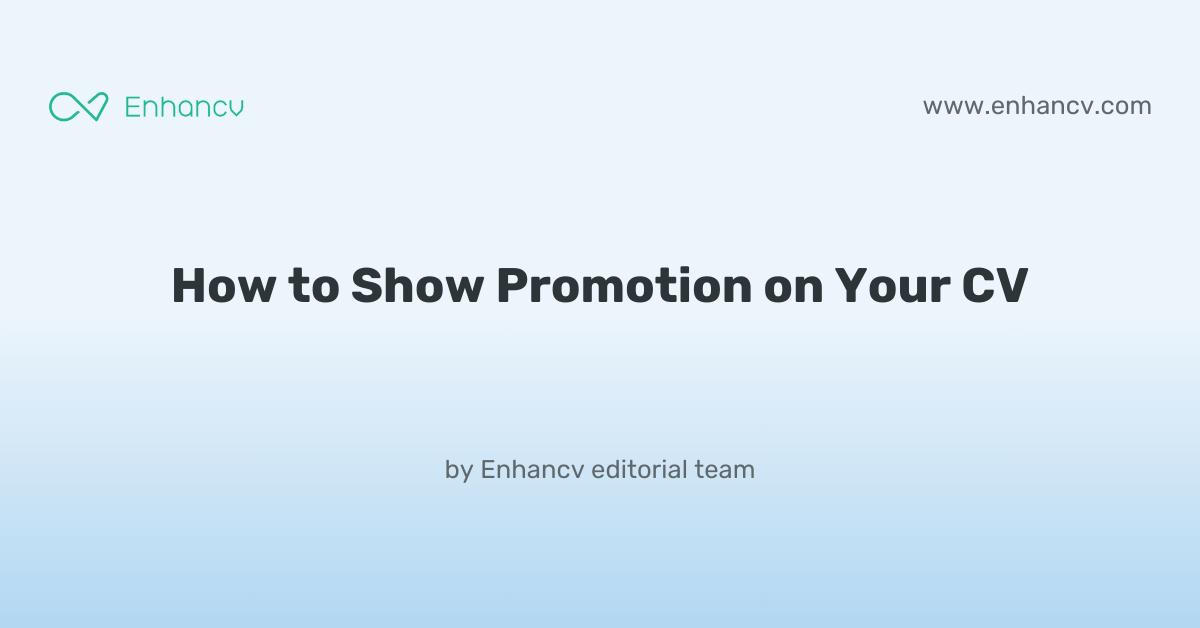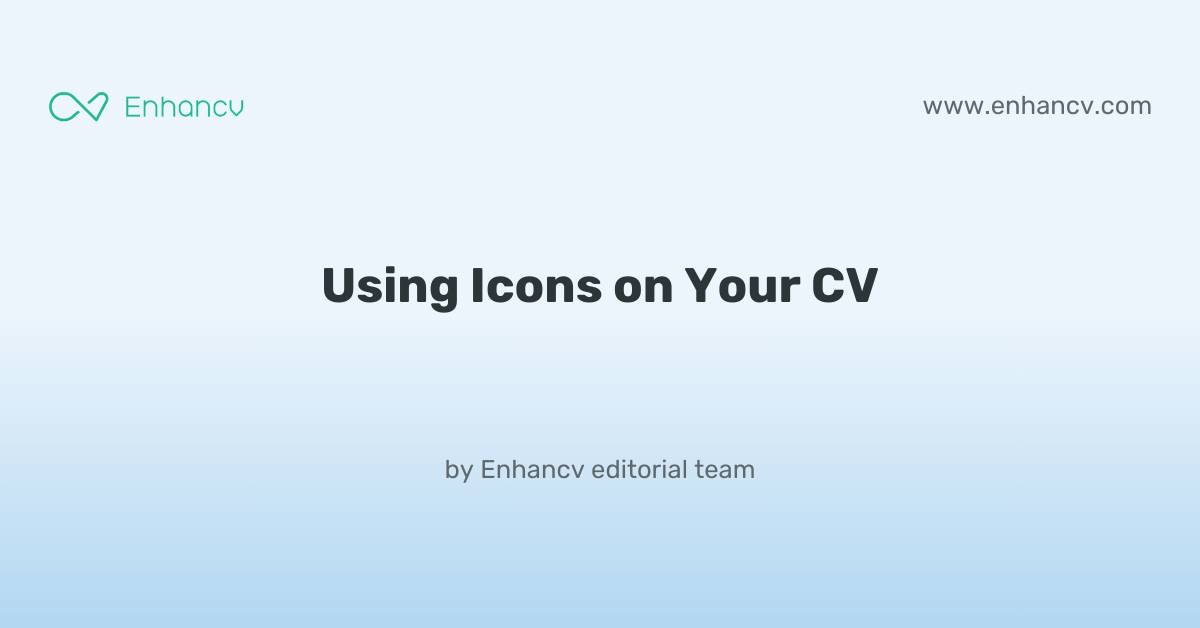One significant challenge you face as an HR director is ensuring fair and unbiased recruitment to maintain workplace diversity. Our comprehensive guide offers proven strategies and tools to refine your hiring process, enabling you to systematically eliminate bias and promote equality.
- Applying the simplest CV design, so that recruiters can easily understand your expertise, skills, and professional background;
- Ensuring you stand out with your header, summary or objective statement, and a designated skills section;
- Creating your CV experience section - no matter how much expertise you have;
- Using real life professional CV examples to enhance the structure and outline of your profile.
If you still have no muse to write your professional CV, find some more industry-leading examples.
How complex should the format of your hr director CV be?
Perhaps, you decided to use a fancy font and plenty of colours to ensure your hr director CV stands out amongst the pile of other candidate profiles. Alas - this may confuse recruiters. By keeping your format simple and organising your information coherently, you'll ultimately make a better impression. What matters most is your experience, while your CV format should act as complementary thing by:- Presenting the information in a reverse chronological order with the most recent of your jobs first. This is done so that your career history stays organised and is aligned to the role;
- Making it easy for recruiters to get in touch with you by including your contact details in the CV header. Regarding the design of your CV header, include plenty of white space and icons to draw attention to your information. If you're applying for roles in the UK, don't include a photo, as this is considered a bad practice;
- Organising your most important CV sections with consistent colours, plenty of white space, and appropriate margins (2.54 cm). Remember that your CV design should always aim at legibility and to spotlight your key information;
- Writing no more than two pages of your relevant experience. For candidates who are just starting out in the field, we recommend to have an one-page CV.
One more thing about your CV format - you may be worried if your double column CV is Applicant Tracker System (ATS) complaint. In our recent study, we discovered that both single and double-column CVs are ATS-friendly . Most ATSes out there can also read all serif and sans serif fonts. We suggest you go with modern, yet simple, fonts (e.g. Rubik, Lato, Raleway) instead of the classic Times New Roman. You'll want your application to stand out, and many candidates still go for the classics. Finally, you'll have to export your CV. If you're wondering if you should select Doc or PDF, we always advise going with PDF. Your CV in PDF will stay intact and opens easily on every OS, including Mac OS.
PRO TIP
For certain fields, consider including infographics or visual elements to represent skills or achievements, but ensure they are simple, professional, and enhance rather than clutter the information.
The top sections on a hr director CV
- Professional Summary outlines HR expertise: This section introduces the candidate's qualifications, leading with their strategic HR leadership abilities which are critical for the director role.
- HR Leadership Experience showcases relevant roles: It details the candidate's prior positions, highlighting their experience in managing HR functions and leading teams.
- Key HR Achievements demonstrate impact: Employers seek proof of the candidate's ability to deliver results, so this section focuses on specific accomplishments in HR initiatives.
- HR Skills and Competencies list vital attributes: Listing essential HR-related skills, such as talent management and employment law knowledge, aligns with job requirements.
- Professional Development in HR underscores growth: Recruiters look for continuous learning, so this section includes HR certifications, workshops, and further education pertinent to the director level.
What recruiters value on your CV:
- Highlight your strategic HR initiatives and how they have positively impacted the organisations you've worked for, showcasing your ability to align HR with business goals.
- Demonstrate your leadership experience by detailing how you have successfully managed HR teams, developed talent, and fostered a constructive work environment.
- Include specific examples of innovative HR policies you've implemented that have improved employee engagement, retention, or organisational culture.
- Detail your experience with change management, particularly how you have led organisational restructuring or navigated mergers and acquisitions from an HR perspective.
- Emphasise your proficiency in HR analytics and how you have used data-driven insights to inform decisions, improve processes, or measure the impact of HR initiatives.
Recommended reads:
Tips and tricks on writing a job-winning hr director CV header
The CV header is the space which most recruiters would be referring most often to, in the beginning and end of your application. That is as the CV header includes your contact details, but also a headline and a professional photo. When writing your CV header:
- Double-check your contact details for spelling errors or if you've missed any digits. Also, ensure you've provided your personal details, and not your current work email or telephone number;
- Include your location in the form of the city and country you live in. If you want to be more detailed, you can list your full address to show proximity to your potential work place;
- Don't include your CV photo, if you're applying for roles in the UK or US, as this may bias initial recruiters' assessments;
- Write a professional headline that either integrates the job title, some relevant industry keywords, or your most noteworthy achievement.
In the next part of our guide, we'll provide you with professional CVs that showcase some of the best practices when it comes to writing your headline.
Examples of good CV headlines for hr director:
- Senior HR Director | Strategic Workforce Planning | CIPD Certified | 20+ Years Leadership Experience
- HR Director | Employee Engagement Specialist | HR Technology | 15 Years Progressive Experience
- Global HR Director | MSc Human Resources | Organisational Development | 18 Years in HR Management
- HR Director | Talent Acquisition & Retention | Change Management | 22 Years Industry Expertise
- HR Director | Equality & Diversity Champion | Performance Improvement | 12 Years Senior HR Roles
- Chartered HR Director | Leadership Coaching | Cultural Transformation | Over 25 Years HR Excellence
Your hr director CV introduction: selecting between a summary and an objective
hr director candidates often wonder how to start writing their resumes. More specifically, how exactly can they use their opening statements to build a connection with recruiters, showcase their relevant skills, and spotlight job alignment. A tricky situation, we know. When crafting you hr director CV select between:
- A summary - to show an overview of your career so far, including your most significant achievements.
- An objective - to show a conscise overview of your career dreams and aspirations.
Find out more examples and ultimately, decide which type of opening statement will fit your profile in the next section of our guide:
CV summaries for a hr director job:
The best formula for your hr director CV experience section
The CV experience section is the space where many candidates go wrong by merely listing their work history and duties. Don't do that. Instead, use the job description to better understand what matters most for the role and integrate these keywords across your CV. Thus, you should focus on:
- showcasing your accomplishments to hint that you're results-oriented;
- highlighting your skill set by integrating job keywords, technologies, and transferrable skills in your experience bullets;
- listing your roles in reverse chronological order, starting with the latest and most senior, to hint at how you have grown your career;
- featuring metrics, in the form of percentage, numbers, etc. to make your success more tangible.
When writing each experience bullet, start with a strong, actionable verb, then follow it up with a skill, accomplishment, or metric. Use these professional examples to perfect your CV experience section:
Best practices for your CV's work experience section
- Strategically aligned HR functions with organisational goals, leading to a 20% improvement in employee engagement and retention rates over a 3-year period.
- Implemented a talent management system that increased efficiency in recruiting processes and reduced time-to-hire by 30%, enhancing workforce planning capabilities.
- Oversaw the successful negotiation and renewal of the company's employee benefits scheme, resulting in a 10% cost reduction while maintaining high coverage levels.
- Developed and executed comprehensive learning and development programmes, increasing leadership capacity and supporting career progression pathways for high-potential staff.
- Led a company-wide diversity and inclusion initiative, which raised minority representation in leadership roles by 15% and fostered an inclusive corporate culture.
- Managed HR due diligence and integration for two major acquisitions, ensuring smooth transitions and maintaining a 95% employee retention rate post-merger.
- Championed the use of HR analytics and data-driven decision-making, which reduced labour costs by 8% and improved workforce productivity by identifying key performance drivers.
- Revamped performance management systems to focus on continuous feedback and goals alignment, leading to a 25% decrease in staff turnover.
- Facilitated a transformation in the HR department by introducing agile methodologies, which shortened the time for rolling out new HR initiatives by 40% and enhanced team collaboration.
- Led the restructuring of the HR department to streamline hiring processes, shortening the average recruitment cycle by 25% while maintaining quality of hires.
- Implemented a new performance management system that aligned employee objectives with business goals, increasing productivity by 18% in the first year.
- Designed and executed a leadership development program that nurtured internal talent, resulting in 10 employees being promoted to managerial positions.
- Developed a robust talent acquisition strategy that reduced turnover by 20% and filled critical roles with high-calibre candidates.
- Overhauled compensation and benefits packages, which directly improved employee satisfaction scores by 35% and positioned the company better against market competitors.
- Initiated and led a workforce diversity program, enriching the organizational culture and increasing diversity hires by 50%.
- Managed the successful integration of HR systems following a merger, ensuring a smooth transition for 3,000+ employees with zero downtime in critical HR services.
- Created an employee wellness initiative that decreased absenteeism by 15% and improved employee morale and productivity.
- Negotiated with unions to implement flexible working policies, which increased employee retention by 22% and enhanced employer branding.
- Spearheaded a digital transformation of the HR function, adopting cloud-based HRIS and ATS systems, reducing manual work by 30% and improving data accuracy.
- Implemented a company-wide upskilling program that closed 95% of the critical skill gaps identified in the workforce analysis.
- Engaged in strategic workforce planning that supported company expansion and a 20% increase in staff, without compromising on talent quality.
- Boosted employee engagement by launching an advanced analytics dashboard, revealing key insights that led to a 40% uplift in engagement metrics.
- Orchestrated a GDPR compliance program for all HR-related data processing activities, ensuring 100% adherence to legal requirements.
- Drove cultural transformation initiatives that bolstered an open and inclusive work environment, achieving a top 10 position in the 'Best Places to Work' rankings.
- Championed advanced HR analytics to inform C-level decision-making, contributing to a 10% year-over-year growth through strategic talent management.
- Collaborated with IT to develop proprietary workforce planning tools, enabling the company to anticipate talent needs and reduce hiring costs by 30%.
- Cultivated a continuous improvement culture within the HR department, which saw a 15% increase in process efficiency annually.
- Spearheaded the transition to a modern HR business partner model, which aligned HR initiatives with business units resulting in streamlined operations across the board.
- Facilitated advanced training programs, addressing key leadership gaps and propelling the company to exceed productivity targets by 12%.
- Implemented a succession planning framework that identified and prepared high-potential employees for future leadership roles, securing organizational sustainability.
- Directed a company-wide HR transformation project, integrating collaborative technologies that improved cross-functional team engagement by 20%.
- Revitalized the employer brand strategy, which amplified the company's market presence and drew in 25% more qualified applicants.
- Introduced an innovative benefits scheme that was pivotal in decreasing annual turnover by 17%, retaining key personnel in a competitive industry.
Lacking professional expertise: how to write your CV to highlight your best talents
Don't count on your lucky stars when you're applying for a role, where you happen to have less (or almost none) professional experience. Recruiters sometimes do hire inexperienced candidates if they're able to present their unique value from the get-go. So, instead of opting for the traditional, CV experience section:
- List any applicable expertise you happen to have - no matter if it's a part-time job, internship, or volunteer work. This would hint to recruiters that your profile is relevant;
- Focus your CV on your transferrable skills or talents you've obtained thanks to your whole life and work experience. In effect, you'll be spotlighting your value as a candidate;
- Separate more space for your applicable academic background and certificates to show you have the technical know-how;
- Ensure that within your objective, you've defined why you'll like the job and how you'll be the perfect match for it. Always ensure you've tailored your CV to individual applications.
Looking for more good examples for your first job? We'll show you how other candidates, with less professional experience, have created their job-winning CVs.
Recommended reads:
PRO TIP
If you have experience in diverse fields, highlight how this has broadened your perspective and skill set, making you a more versatile candidate.
Describing your unique skill set using both hard skills and soft skills
Your hr director CV provides you with the perfect opportunity to spotlight your talents, and at the same time - to pass any form of assessment. Focusing on your skill set across different CV sections is the way to go, as this would provide you with an opportunity to quantify your achievements and successes. There's one common, very simple mistake, which candidates tend to make at this stage. Short on time, they tend to hurry and mess up the spelling of some of the key technologies, skills, and keywords. Copy and paste the particular skill directly from the job requirement to your CV to pass the Applicant Tracker System (ATS) assessment. Now, your CV skills are divided into:
- Technical or hard skills, describing your comfort level with technologies (software and hardware). List your aptitude by curating your certifications, on the work success in the experience section, and technical projects. Use the dedicated skills section to provide recruiters with up to twelve technologies, that match the job requirements, and you're capable of using.
- People or soft skills provide you with an excellent background to communicate, work within a team, solve problems. Don't just copy-paste that you're a "leader" or excel at "analysis". Instead, provide tangible metrics that define your success inusing the particular skill within the strengths, achievements, summary/ objective sections.
Top skills for your hr director CV:
Talent Management
Human Resources Information Systems (HRIS)
Performance Management
Labour Law Compliance
Benefits Administration
Employee Relations
Recruitment & Staffing
Workforce Planning
Training & Development
HR Policy Formulation
Leadership
Strategic Thinking
Communication
Interpersonal Skills
Problem-Solving
Adaptability
Negotiation
Empathy
Teamwork
Decision Making
PRO TIP
Focus on describing skills in the context of the outcomes they’ve helped you achieve, linking them directly to tangible results or successes in your career.
Your university degree and certificates: an integral part of your hr director CV
Let's take you back to your uni days and decide what information will be relevant for your hr director CV. Once more, when discussing your higher education, select only information that is pertinent to the job (e.g. degrees and projects in the same industry, etc.). Ultimately, you should:
- List only your higher education degrees, alongside start and graduation dates, and the university name;
- Include that you obtained a first degree for diplomas that are relevant to the role, and you believe will impress recruiters;
- Showcase relevant coursework, projects, or publications, if you happen to have less experience or will need to fill in gaps in your professional history.
PRO TIP
Use mini case studies or success stories in your CV to demonstrate how your skills have positively impacted previous roles or projects.
Recommended reads:
Key takeaways
What matters most in your hr director CV-writing process is for you to create a personalised application. One that matches the role and also showcases your unique qualities and talents.
- Use the format to supplement the actual content, to stand out, and to ensure your CV experience is easy to comprehend and follows a logic;
- Invest time in building a succinct CV top one third. One that includes a header (with your contact details and headline), a summary or an objective statement (select the one that best fits your experience), and - potentially - a dedicated skills section or achievements (to fit both hard skills and soft skills requirements);
- Prioritise your most relevant (and senior) experience closer to the top of your CV. Always ensure you're following the "power verb, skill, and achievement" format for your bullets;
- Integrate both your technical and communication background across different sections of your CV to meet the job requirements;
- List your relevant education and certificates to fill in gaps in your CV history and prove to recrutiers you have relevant technical know-how.
